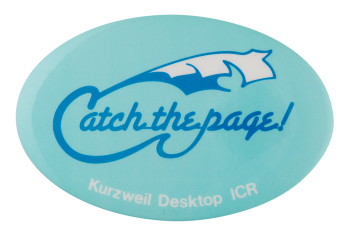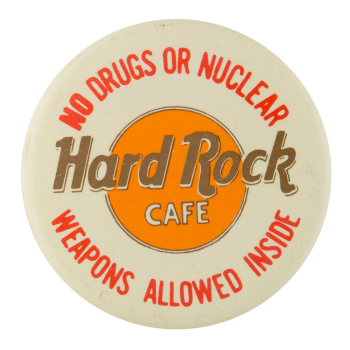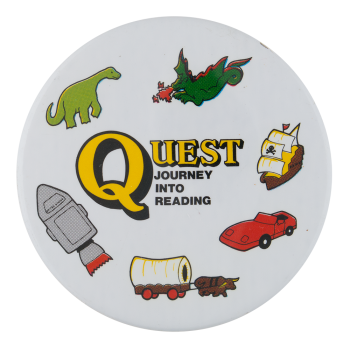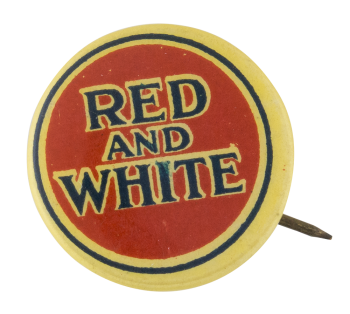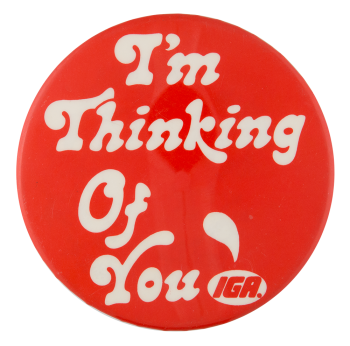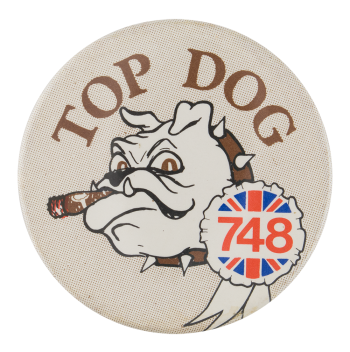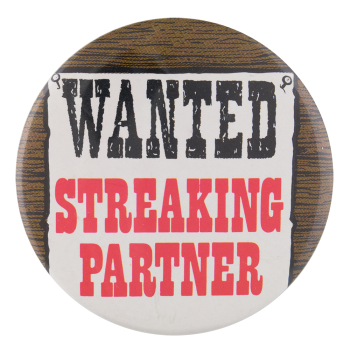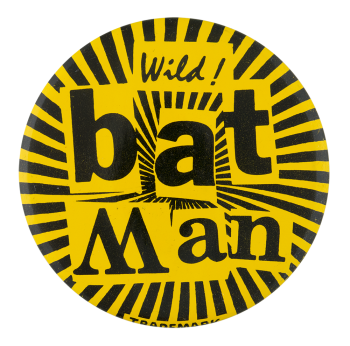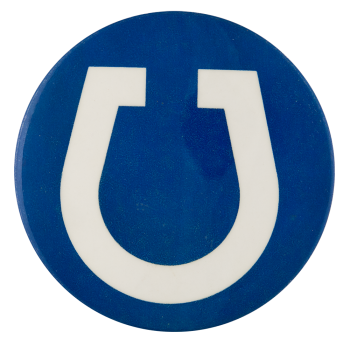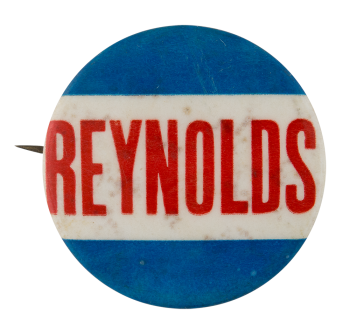Kurzweil Desktop ICR
| Category | |
|---|---|
| Additional Images | |
| Sub Categories | |
| Text on Button | Catch the page! Kurzweil Desktop ICR |
| Image Description | Illustration of a quill over turquoise text over white text on a light blue background |
| Back Style | |
| The Shape | |
| The Size | |
| Year / Decade Made | |
| Additional Information | In the late 1980's Kurzweil Computer Products of Cambridge, Massachusetts released their version of a new desktop scanner system that used Intelligent Character Recognition (ICR). ICR is an advanced handwriting recognition system that allows a multitude of handwriting samples to be learned by a computer. The scanner was named the Discover Model 20 and was capable of reading 5 different languages off of photocopies, printer, and typewriter printouts. |
| Catalog ID | AD0481 |

